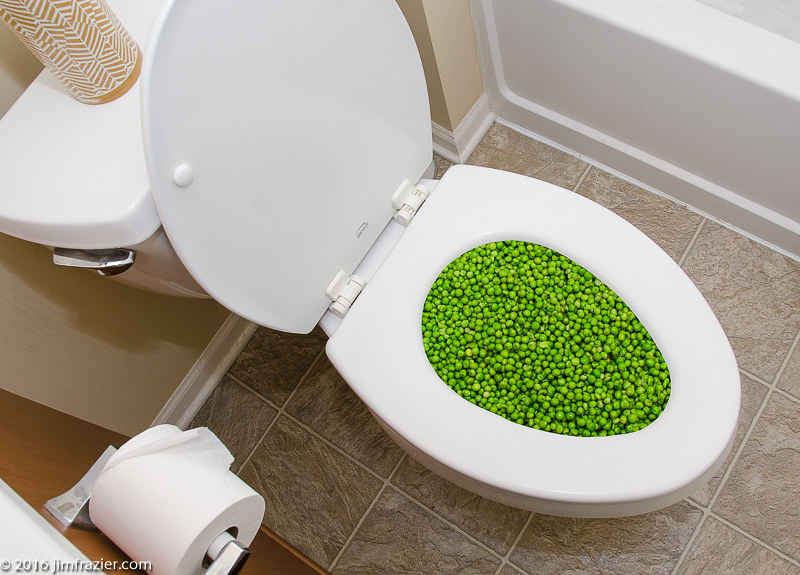Are You Permitted to Flush Food Down the Toilet?
Call TodayHow do you really feel when it comes to Is it safe to flush food (especially rice) down the toilet??

Introduction
Many people are commonly confronted with the predicament of what to do with food waste, specifically when it concerns leftovers or scraps. One typical question that emerges is whether it's all right to purge food down the commode. In this article, we'll delve into the reasons that people could consider purging food, the effects of doing so, and alternative techniques for proper disposal.
Reasons people may take into consideration flushing food
Absence of awareness
Some individuals might not recognize the prospective damage brought on by flushing food down the toilet. They may incorrectly believe that it's a harmless technique.
Comfort
Flushing food down the commode may seem like a quick and very easy service to throwing away unwanted scraps, specifically when there's no nearby garbage can available.
Negligence
In some cases, people may just choose to flush food out of sheer idleness, without thinking about the effects of their actions.
Effects of flushing food down the commode
Environmental impact
Food waste that winds up in waterways can add to contamination and damage water ecological communities. Additionally, the water utilized to purge food can stress water resources.
Plumbing issues
Flushing food can result in clogged pipes and drains, causing expensive pipes repair work and inconveniences.
Types of food that ought to not be purged
Coarse foods
Foods with fibrous textures such as celery or corn husks can obtain tangled in pipelines and create blockages.
Starchy foods
Starchy foods like pasta and rice can absorb water and swell, leading to obstructions in pipelines.
Oils and fats
Greasy foods like bacon or food preparation oils ought to never be flushed down the toilet as they can solidify and trigger blockages.
Correct disposal methods for food waste
Making use of a garbage disposal
For homes furnished with garbage disposals, food scraps can be ground up and flushed via the plumbing system. However, not all foods are suitable for disposal in this manner.
Recycling
Particular food product packaging materials can be recycled, decreasing waste and minimizing ecological influence.
Composting
Composting is an eco-friendly means to deal with food waste. Organic products can be composted and utilized to improve dirt for horticulture.
The value of appropriate waste monitoring
Minimizing ecological damage
Correct waste administration practices, such as composting and recycling, assistance minimize pollution and preserve natural deposits for future generations.
Shielding pipes systems
By staying clear of the method of flushing food down the toilet, property owners can stop expensive plumbing repair work and preserve the honesty of their pipes systems.
Conclusion
Finally, while it might be tempting to flush food down the bathroom for benefit, it is essential to comprehend the possible repercussions of this activity. By adopting correct waste monitoring techniques and getting rid of food waste properly, people can contribute to much healthier pipes systems and a cleaner environment for all.
FLUSH FOOD DOWN THE TOILET?
FLUSHING FOOD CAN CAUSE BLOCKED DRAINS IN YOUR HOME
All of the plumbing fixtures in your home are connected to the same sewer pipe outside of your home. This outdoor sewer pipe is responsible for transporting all the wastewater from your home to the Council sewer mains. Even small pieces of food that go down the kitchen sink can cause problems for your sewer. It should therefore be obvious that flushing larger bits of food, such as meat, risks a clog in either the toilet itself or the sewer pipes. Flushing greasy food is even more problematic because oil coagulates when it cools, coating the interior lining of your pipes.
THE TOILET IS NOT A BIN
Food isn’t the only thing that people shouldn’t be flushing down the toilet. People use the toilet to dispose of all kinds of things such as tampons, makeup wipes, dental floss, kitty litter and even underwear. Water goes to great lengths to educate residents about the high costs and stress placed on wastewater treatment systems simply from people flushing the wrong stuff down the toilet. It costs taxpayers millions of dollars each year, and homeowners thousands in blocked drain repairs.
FLUSHING FOOD IS A WASTE OF WATER
Flushing food is a waste of our most precious resource - water. In June this year Level 1 water restrictions were introduced to protect water supply from drought conditions. Much of New South Wales continues to be affected by prolonged drought with recent figures revealing up to 97 per cent of the state remains in drought. Depending on whether you have a single or dual flush toilet, every single flush uses between five and 11 litres of water. In the current climate this is a huge amount of water to be wasting on flushing food that should be placed in the bin (or better yet, the compost).
https://www.jabplumbingsolutions.com.au/blog/can-you-flush-food-down-the-toilet

I'm certainly very interested by Think Twice Before Flushing Food Down Your Toilet and I'm hoping you liked the new blog entry. Please take the time to share this content if you enjoyed reading it. I value reading our article about .
Explore Now